THE SECRET TO GREAT RELATIONSHIPS
THE SECRET TO GREAT RELATIONSHIPS
Couldn't load pickup availability
Share
Format: Ebook
Discover Some Deep Truths with "The Secret to Great Relationships"
This book goes beyond the usual relationship advice, venturing into the heart of how we bond, the allure of certain personalities, and the impact of our earliest experiences on how we connect with others.
Discover whether you're secure, anxious, avoidant, or fearful-avoidant. Each attachment style reveals unique behaviors and challenges in relationships. Whether you yearn for closeness or cherish your space, recognizing your attachment style illuminates your path to healthier, more fulfilling relationships.
At the core of "The Secret to Great Relationships" is a powerful truth: the foundation of commitment in any relationship begins with a commitment to oneself. This book represents a journey toward self-understanding and growth, arming you with the knowledge to foster stronger connections.
"The Secret to Great Relationships" offers a perspective on how the bonds formed in our earliest years influence every relationship we build as adults. From fleeting encounters to the most intimate connections, the key to unlocking profound, lasting relationships lies within these pages.
Life's unpredictability is a given, yet our responses to its twists and turns remain within our control. Learn how to choose your reactions wisely, fostering resilience and positivity in your relationships and beyond.
Whether you're struggling to find closeness, wrestling with insecurities, or simply seeking to enrich your bonds, prepare to see your relationships in a whole new light, and unlock the door to a life filled with deeper, more meaningful connections.
Are you ready to transform your relationship with yourself and others?
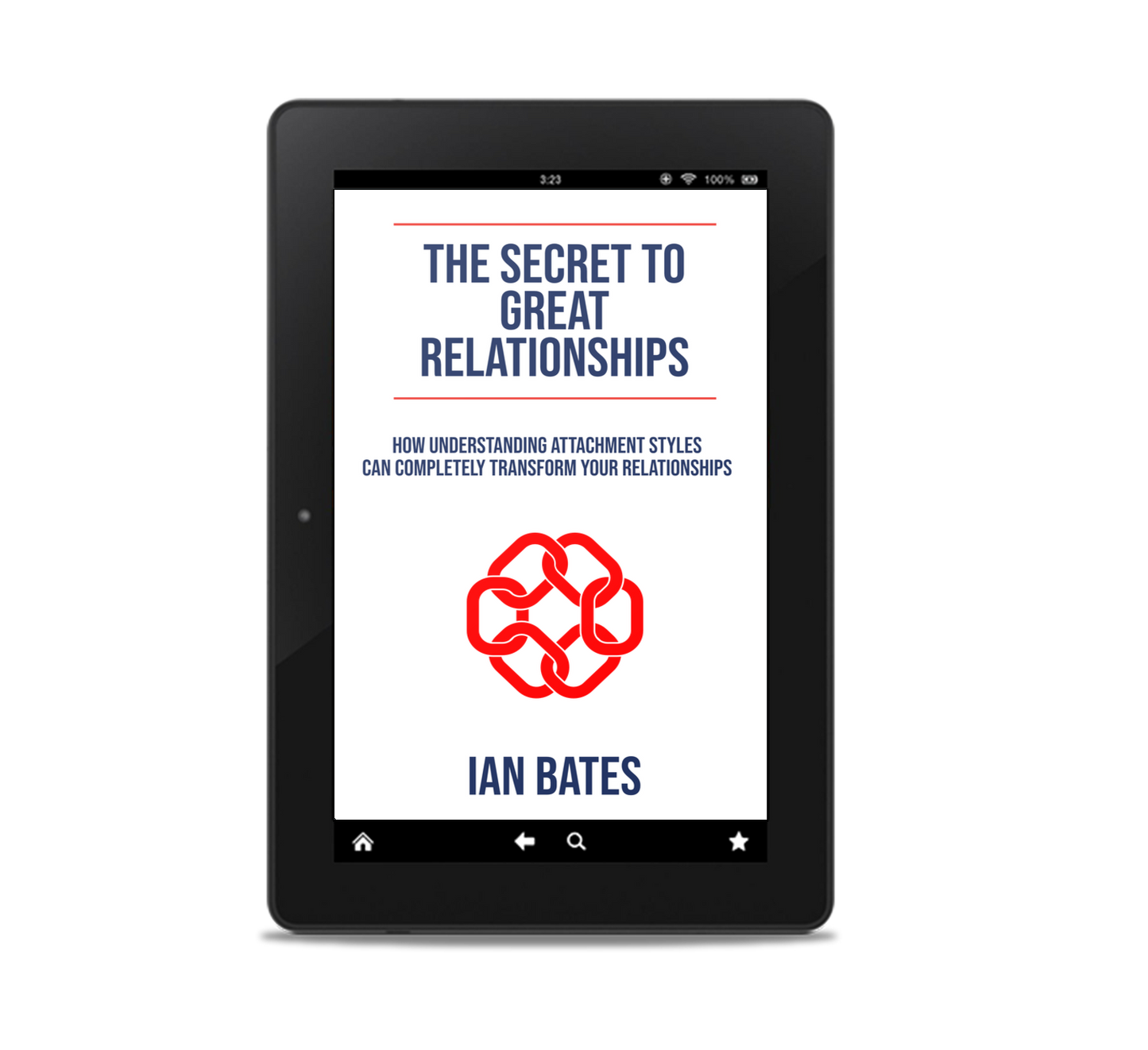
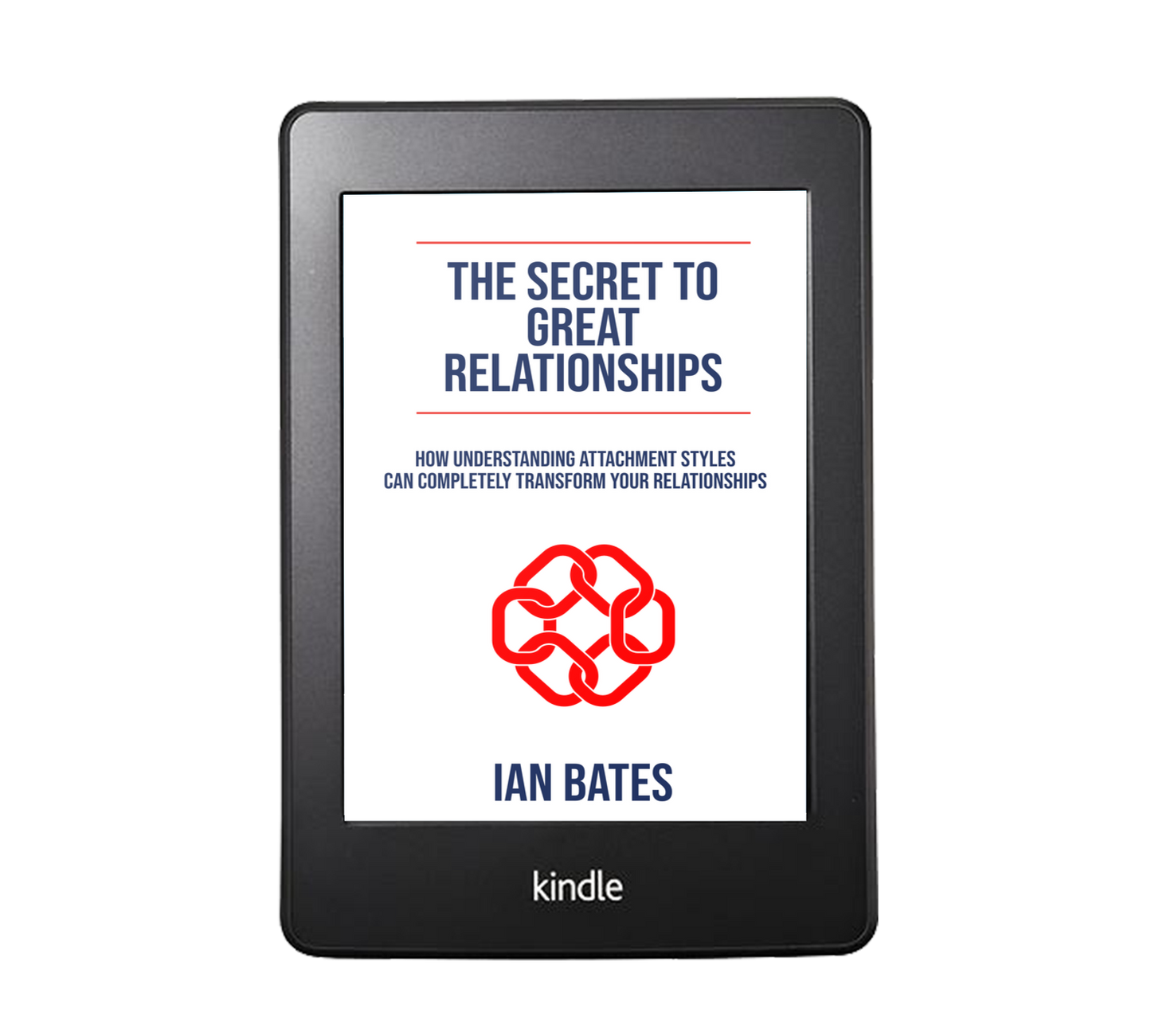
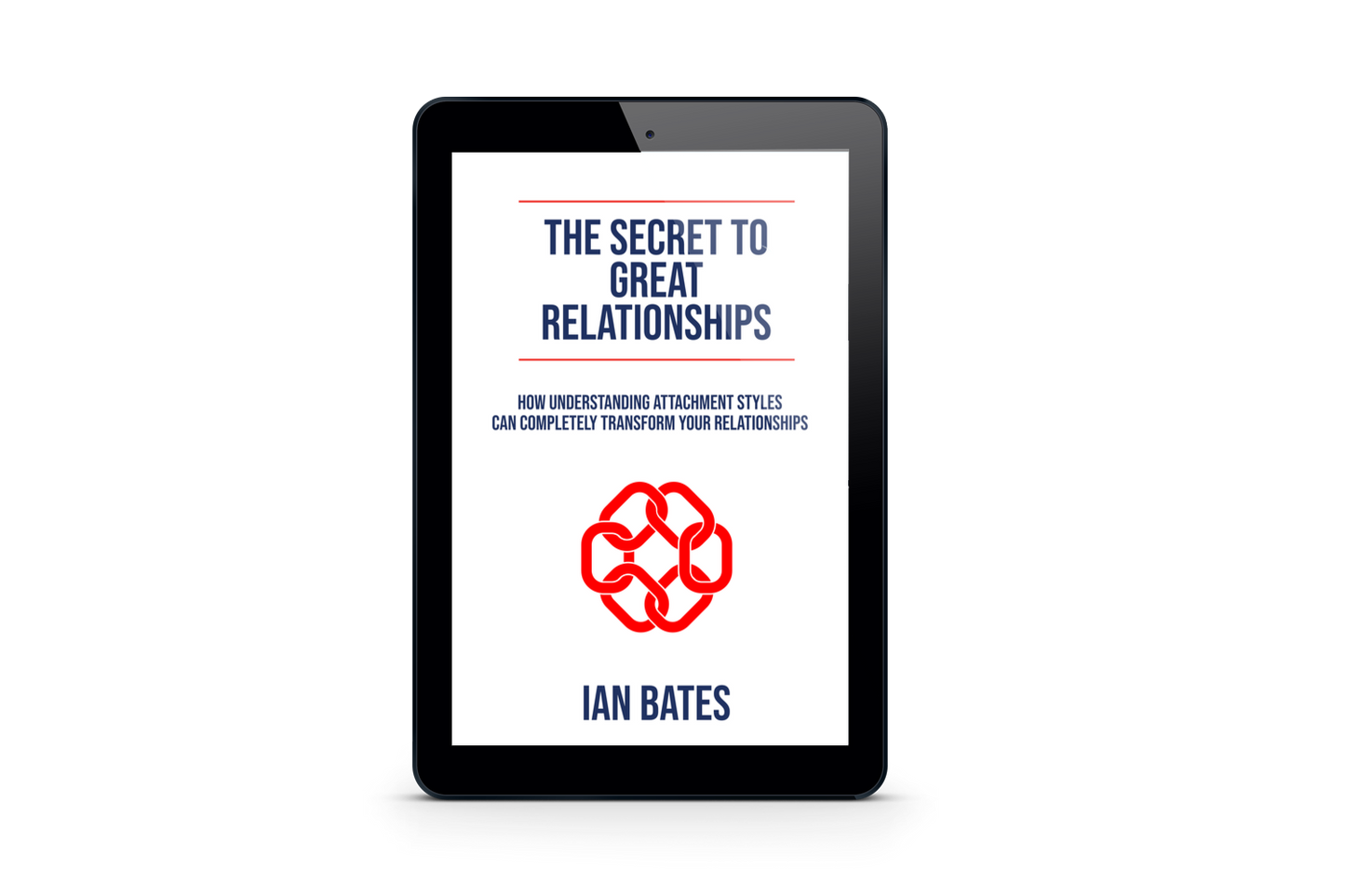
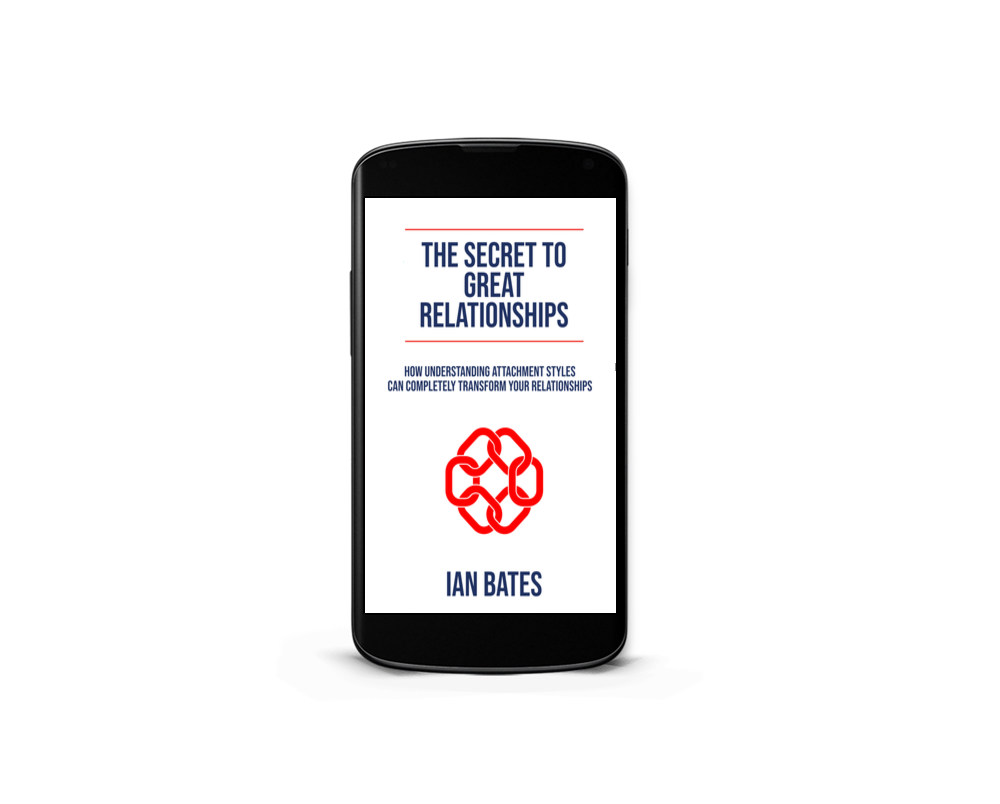
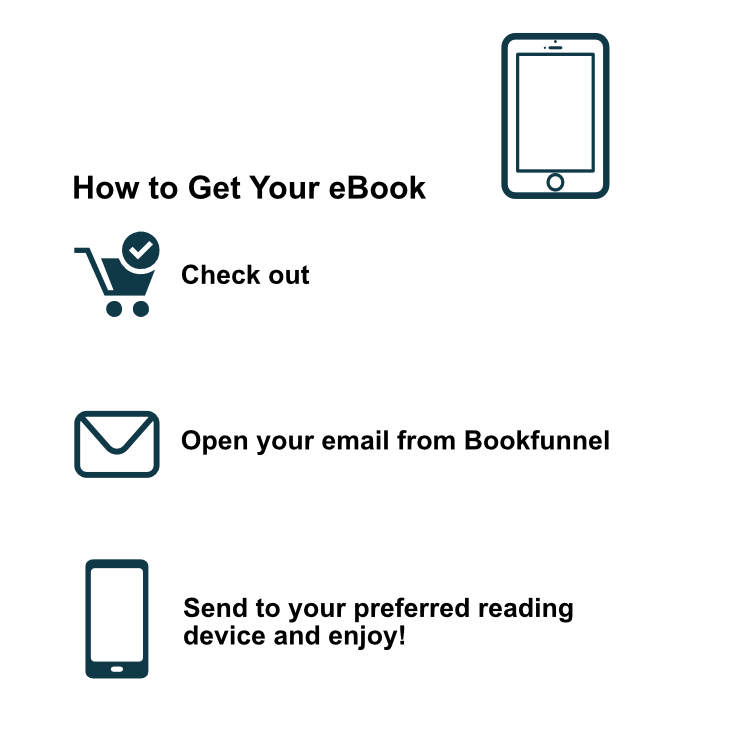
The Secret to Great Relationships Book Specifications
| Number of Pages | 170 |
| Time to Read | 2 hours and 26 minutes |
| Word Count | 26,717 |
| Series | Transforming Relationships & Self |
| Formats | Epub, Mobi, PDF |
| Devices | Kindle, Apple and Android Devices, Nook and Kobo eReaders, Computers, Browsers (e.g. Google Chrome), BookFunnel App |
Take a Look Inside
Would you like to read the first chapter?
Introduction
If you've picked up this book, you're probably searching for some relationship wisdom and insight. Well, good news, you're in the right place! This book is all about diving deep into the world of relationships.
This is your how-to guide in understanding not just the people around you, but also yourself. I'll help you crack the code of why you behave the way you do in relationships, why you're attracted to certain types of people, and why your emotions sometimes go haywire.
Have you ever found yourself drawn to adventurous, spontaneous individuals who keep you guessing, but then you realize the unpredictability starts to drive you crazy? Maybe you like to hear loving words, but your partner isn’t big on words, they prefer to show their love by doing helpful things. No worries! We'll help you decode these scenarios and much more.
Get ready to delve into the fascinating world of attachment styles - are you secure, anxious, avoidant, or fearful-avoidant? Let's say you're the anxious type, you know, the kind that craves closeness but might worry about being left. Or maybe you're more of the avoidant type, finding it tough to open up and preferring to keep a little distance. Don’t know? That’s okay! We’ll take a journey together and discover where you fit in and how this impacts your relationships.
This book isn't about finding the perfect relationship (spoiler alert: there's no such thing) or pointing fingers at who's doing what wrong. Instead, it's about giving you the knowledge, tools, and confidence to understand your behaviors, recognize your patterns, and, yes, unlock the secrets to more meaningful connections.
So, let’s get going on our journey of self-discovery, growth, and understanding that can lead to healthier, deeper, and more fulfilling relationships.
UNLOCKING THE SECRETS TO MEANINGFUL CONNECTIONS
"Your relationships shape the essence of your life."
- Esther Perel
Have you ever caught yourself always falling for a certain kind of person? Maybe you always end up with the adventurous and spontaneous types, the ones who keep you guessing and make every day feel like an adventure. Or, it could be that you're always attracted to the caring and supportive folks, the ones who've got your back no matter what.
It's like we have our own personal "type" magnet. But have you ever stopped and wondered why that is? What's up with these patterns of attraction?
Well, it turns out that understanding why we're drawn to certain types of people can tell us a lot about ourselves - what we like, what we value, and even what we need from a relationship. It's all about preferences, right?
So, let's say you're always drawn to the spontaneous adventurers. This might mean that you value excitement and novelty. You might love the rush of trying new things and the unpredictability that these individuals bring to your life. It's never boring with them, and that's what makes your heart race.
On the other hand, if you find yourself always falling for the caring and supportive type, it might mean that you appreciate stability and emotional support. You love the feeling of being understood and cared for. These individuals make you feel safe and loved, and that's your thing.
These patterns can also hint at what you might be looking for to complement your personality. Maybe you're a planner and the spontaneity of your adventurous partners brings balance, or perhaps you're independent and appreciate the emotional support that you don't usually look for yourself.
So next time you notice yourself falling for a "type", take a moment to reflect on what they represent for you. It can be an interesting way to learn more about yourself and what really gets your heart ticking. Plus, it's always a good move to understand your own love compass!
You know those times when your feelings just seem to go crazy in your relationships? Let's say, your partner takes ages to respond to a straightforward text from you, and boom, you start feeling all worried or unsure, thinking they might not be into you anymore. These emotional reactions that seem to come out of nowhere are usually linked to our attachment styles, which are shaped by the things we've gone through in the past.
So, what's an attachment style? Well, it's kinda like the way we typically interact with others, especially in close relationships. It's influenced by how we were treated as kids and the relationships we've had. There are mainly four types: secure, anxious, avoidant, and fearful-avoidant (also known as disorganized).
If you're secure, you're usually comfortable with intimacy and trusting others. If you're anxious, like in the text example, you might worry about your partner leaving you or not loving you enough. If you're avoidant, you might struggle with getting too close or relying on others. And if you're fearful-avoidant (disorganized), you might be a mix of anxious and avoidant, craving closeness but also being scared of it.
The cool part is that once you figure out your attachment style and what gets you all emotional (like the long text response time), you can handle these triggers better. It's like knowing there's a tripwire in front of you - you can either step over it carefully or, even better, remove it completely. This can improve how you talk and relate to others and also make you feel emotionally better and more secure. So, knowing your attachment style can really make a difference!
Quick detour, then back to attachment styles:
We've all got our own pace when it comes to diving into serious relationships.
Imagine this: you spend your free time dreaming about finding "the one" and settling down, maybe even doodling your names together. But then when someone comes along who's ready for that kind of commitment, you suddenly feel like you're trapped in a tight sweater. Instead of feeling excited, you're all sorts of anxious and looking for the nearest exit.
Then, you look at your buddy, who's the complete opposite. They're all about getting serious quickly. They go on a couple of dates, and before you know it, they're introducing their new partner to their folks, and they're already swapping house keys.
We're all different when we feel ready to take a relationship to the next level, and there's no right or wrong about it. It's all down to our personal values, our past experiences, and just what feels right for us as individuals.
Maybe you've had a bad experience with rushing into a relationship before, so you're more cautious now. Or, it could be that you value your independence and the idea of sharing your space with someone else is a big step for you.
Your friend, on the other hand, might place a lot of value on companionship and sharing their life with someone. Or maybe they've had great experiences with commitment in the past, so they're totally committed when they meet someone they really connect with.
Whatever the reasons, it's all good. Remember, this isn't a race. It's about finding what works for you, respecting your own feelings, and doing what feels right in your own time.
Love's not always a one-size-fits-all kind of thing. The way we show and understand love can be as different as night and day.
Take this, for example; some people can't get enough of those sweet nothings and "I love yous". They need to hear the words, all the time. But others? They're all about what you do, not what you say. They're more about actions speaking louder than words and maybe getting some good cuddle time.
So imagine this: you're someone who shows your love through actions. You might cook your partner's favorite meal or give them a hug when they're feeling down. You might think you're hitting the love jackpot by expressing your love this way.
But let's say your partner is a "words of affirmation" kind of person. They might be sitting there, wondering why you never say, "I love you", even though you're cooking up a storm in the kitchen and always ready with a comforting hug. To them, they're not feeling the love because they're not hearing the words.
That's where the idea of "love languages" comes in. It's about knowing how you naturally express love and understanding how your partner needs to receive love for them to really feel it.
There are five main love languages: words of affirmation (saying nice things), acts of service (doing nice things), receiving gifts (giving and receiving thoughtful presents), quality time (spending time together), and physical touch (hugs, kisses, and more).
This idea of each of us speaking a certain love language was first put forward by Dr. Gary Chapman. He came up with five main categories that show how people usually show and feel love. Each love language has its own special way of communicating that hits differently for different folks. It helps us understand and express affection better, making our relationships healthier and happier.
Words of Affirmation is all about expressing love and appreciation using spoken words. It's like giving verbal high-fives, compliments, and kind words to your partner. For example, telling them, "You're so passionate about your work, and I love that about you," or "Your smile always makes my day better," can mean everything to someone who loves hearing words of affirmation. It's all about expressing your love, respect, and appreciation in a way that uplifts and reassures them.
Acts of Service is all about showing love through actions instead of just words. It's like doing things that make your loved ones' lives easier and more comfortable. It can be as simple as cooking their favorite meal, helping them with a tough task, or taking over a chore they hate. It's all about showing you care by actually doing stuff for them.
Receiving Gifts doesn't mean being materialistic; it's all about thoughtfulness and effort. People with this love language appreciate the time and consideration put into picking or making a special gift. It's not about how much it costs, but the meaning behind it. For instance, giving someone who loves to draw a sketchbook shows that you recognize and support their artistic side. It's all about showing you care by giving something meaningful.
Quality Time is all about giving your full attention to your loved one. It's not just about being physically present but being fully engaged and free from distractions. It could mean doing stuff together like taking a walk, having deep conversations over coffee, or even just chilling and reading side by side. The key is to create special moments that you both cherish and enjoy.
Physical Touch is all about showing love through physical closeness and contact. It's not just about romantic stuff, but all kinds of physical gestures that bring you closer. It could be holding hands, cuddling, or even just casually putting an arm around them while you're watching a movie. Physical touch gives a feeling of comfort, safety, and connection to those who speak this love language.
The cool thing is, once you know your own love language and your partner's, you can start showing love in a way that hits the mark for both of you. So instead of leaving them wondering while you're busy doing, you can also sprinkle in a few heartfelt words. And trust me, this can seriously step up your communication and closeness, big time!
Now, back to our attachment styles.
Styles like secure, anxious, avoidant, and fearful-avoidant, play a huge role in how we act in relationships.
Let's break it down a bit. If you've got an anxious attachment style, you're the kind of person who thrives on closeness and reassurance in a relationship. You need to feel connected to your partner and sometimes, you might worry they're going to leave you. This can look a bit like being overly attached or clingy, but it's really just you craving that strong bond.
Now flip the coin. If you're more of an avoidant attachment style, you might find it tough to open up and show your feelings. Getting emotionally close can be a struggle, and you might find yourself wanting to keep your distance instead of getting too attached. It's not that you're heartless, it's just that vulnerability isn't your strongest suit.
And then there's the fearful-avoidant attachment style. If this is you, you're likely to have a love-hate relationship with closeness. You crave it, but it also scares you. One moment, you want to be super close to your partner, and the next, you're pushing them away. It's a bit like an emotional roller coaster.
So, why does all this attachment-style stuff matter? Well, if you know your own attachment style and your partner's, you can better understand each other's behaviors. Let's say you're the anxious type and your partner's avoidant. At first, you might feel they're always holding back, while they feel you're always crowding them. But once you understand it's about your attachment styles, you can see it's not personal—it's just how you both relate.
This can lead to more understanding, empathy, and patience. It's like, "Hey, they're not smothering me, they're just looking for reassurance," or, "They're not being distant, they just struggle with showing their feelings." Understanding this can help strengthen your relationship, as you get where each other is coming from and can work together towards a healthier dynamic. It's all about learning, growing, and being there for each other, right?
Diving deep into these examples and getting to grips with the whole attachment style thing can give us some real "a-ha!" moments about our relationships. We start to see patterns, figure out our preferences, and understand the challenges we face. It's like shining a spotlight on our love lives.
So, how does this help in practical terms? Well, when we understand why we act the way we do in relationships, we can start making more conscious choices. For instance, if you're an anxious type who tends to get clingy, you might decide to work on building up your self-confidence, so you're not always looking for reassurance from others. Or if you're an avoidant type, you might want to challenge yourself to open up more and share your feelings.
This new awareness can improve the quality of your relationships. You can start building deeper connections because you're not just reacting on autopilot anymore—you're understanding, adapting, and growing. Plus, it can help you communicate better with your partner. Instead of getting frustrated because they don't understand why you're acting a certain way, you can explain, "Hey, this is my attachment style talking, it's not about you."
So in a nutshell, understanding attachment styles is like getting a cheat sheet for your love life. It won't solve all your problems, but it can give you the tools to start working through them. It's all about stepping up your relationship game and creating stronger, healthier, and more meaningful connections. And let's be real, who doesn't want that?
Summary
So, there are four main "attachment styles." They're kind of like the categories we fall into when it comes to relationships and how we connect with others.
Anxious:
People with an anxious attachment style crave closeness and want to feel loved and supported. But they also worry a lot about their relationships. They might fear that their partner doesn't love them as much as they do, or worry about being abandoned. Think of it as having a little alarm bell in their head that rings whenever they sense any hint of distance or lack of reassurance. It's like when your partner takes ages to reply to your text, and you start thinking, "Oh no, they don't care about me anymore!"
Avoidant:
Now, on the other end of the spectrum, you've got the avoidant folks. They're all about independence and self-sufficiency, and they might feel uncomfortable with too much closeness or emotional vulnerability. It's not that they don't care about their relationships, but they just need their space. Imagine if your partner wanted to hang out 24/7, and you're thinking, "Whoa, slow down, I need some me-time!"
Fearful-Avoidant (also known as Disorganized):
This style is a bit of a tricky mix of the anxious and avoidant styles. People with a disorganized attachment style want close relationships, but they also fear getting hurt, so they might push people away. It's a bit like wanting to dive into the deep end of the pool, but being scared of the water at the same time.
Secure:
Lastly, we have the secure attachment style. These people are pretty comfortable with intimacy and independence. They're okay with being close to others, but they're also cool with being on their own. They're kind of like the Goldilocks of attachment styles – not too hot, not too cold, just right. For example, they'd be okay with their partner going on a trip without them, trusting that their relationship is still solid.
Everyone's attachment style can influence their relationships in different ways, and there's no 'right' or 'wrong' style. It's all about understanding yourself better and figuring out how you can navigate your relationships in a way that works best for you and your partner.
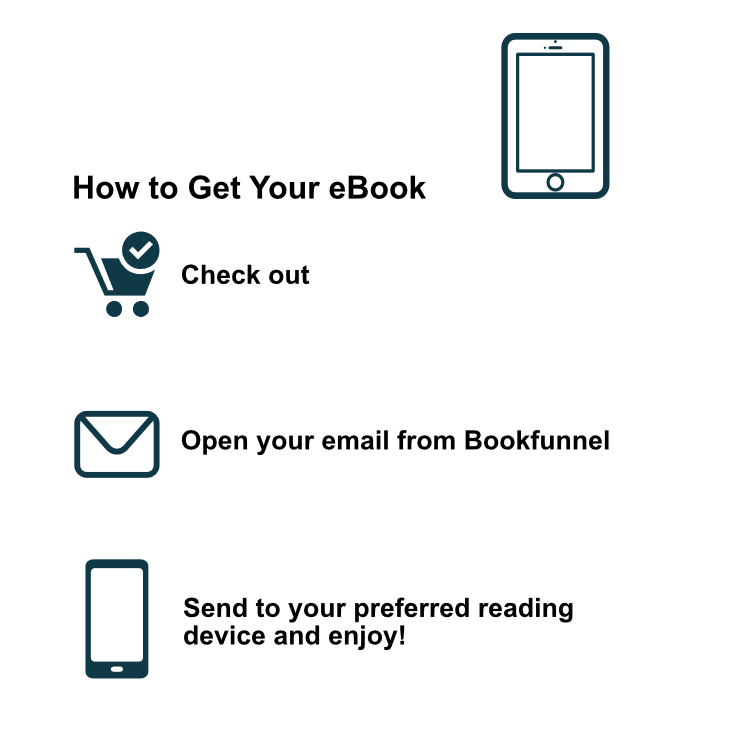
It couldn't be simpler!
You can have your eBook delivered to any device whatsoever. You can read it on your preffered device, on a tablet, your mobile phone, your desktop computer or in the amazing Bookfunnel app. You can even downlaod a pdf version to make notes and highlights and be able to print out any pages you like.





